Studies consistently show that pH-balanced local anesthetics provide improved comfort and much faster onset of anesthesia

New Research
British Journal of Oral and Maxillofacial Surgery Publishes Study Showing Statistically Significant Benefits of Buffering Local Anesthetics
A large body of research shows that removing the acid from local anesthetics produces faster onset, less injection pain, and increased reliability1.
An April 2023 study2 published in the British Journal of Oral and Maxillofacial Surgery showed consistent results, and is especially notable because of the large number (n=108) of patients and statistical power of the results.
Understanding pH-balanced local anesthetics
Numerous studies, published in peer-reviewed journals, have concluded that pH-balanced (also referred to as “buffered” and “alkalinized”) results in a significant improvement in injection comfort, speed of onset, and reliability of anesthesia vs. un-buffered anesthetic.


The Science of Saving Time
The anesthetic in dental cartridges has an acidic pH of about 3.9, compared with tissue pH of 7.4. Normally, after injection, the body buffers the local anesthetic toward physiologic pH, which eventually increases the availability of the active form of the anesthetic. This ultimately leads to nerve blockade (“numbness”).
Unfortunately, this can take several minutes, and sometimes fail to work entirely.
Buffering drastically lowers the time required to reach physiologic pH.
The Science of Patient Comfort
It has also been demonstrated that balancing the pH significantly reduces the painful burning sensation. There are two possible mechanisms by which increasing the pH of an anesthetic could decrease the pain associated with its injection.
Increasing the pH increases the amount of anesthetic in uncharged form, which could either be less irritating to the tissues than the charged form or, alternatively, be capable of entering the nerve sheath much more rapidly than the charged form, thereby blocking pain transmission almost instantaneously.


Burns and colleagues3 attributed the improvement in injection comfort through balancing the pH to both:
- (a) lower acidity; and
- (b) shorter duration of any pain that the injection might cause.
They concluded the following:
- The pain caused by infiltration of anesthetic solutions into the skin is largely attributed to their acidity.
- Solutions with lower pH cause increased pain by two different mechanisms.
- The acidity of the solution causes a burning sensation when infiltrated into more neutral tissues due to tissue irritation.
In addition, at a lower pH, less of the anesthetic is in its active, freely diffusible form, leading to a prolonged time until onset of anesthesia. In a more neutral, buffered solution, the area is anesthetized more quickly and further infiltration is less painful3.
When sodium bicarbonate solution is mixed with a local anesthetic, the reaction will, among other things, create water (H2O) and carbon dioxide (CO2).
Condouris and Shakalis showed that this CO2 possesses an independent anesthetic effect. Catchlove concluded that the independent anesthetic effect of CO2 may provide the most immediate form of analgesia4.
Given that Burns, Richtsmeier, and Talu attribute reduced injection pain to the rapidity with which pain signals are blocked when using buffered anesthetic, Catchlove’s finding may also point to a mechanism by which buffering with sodium bicarbonate reduces injection pain.

References
(1) “Over 90% Of Dentists Report A Desire For Current Anesthetics To Be More Reliable, Less Painful, Or Faster Acting,” Olson Research Group, “Dentist Quantitative Report, Conducted For Balanced Pharma, August 13, 2021,” Fielding: June 18–July 19, 2021, Total Sample Size: N=181
(2) “Effectiveness of Buffered and Non-Buffered Local Anesthetic in Inferior Alveolar Nerve Block: A Randomised Study”, M Bala, A.O. Taiwo, A.A. Ibikunle, H.O. Olasoji, A.O. Sulaiman, B.C. Chukwuma, R.O. Braimah, B.O. Ileogedengbe, Published in the British Journal of Oral and Maxillofacial Surgery, April 21, 2023;https://www.bjoms.com/article/
(4) Richard F. H. Catchlove, “The Influence of CO2 and pH on Local Anesthetic Action“, Journal of Pharmacology and Experimental Therapeutics May 1972, 181 (2) 298-309
Published Research


